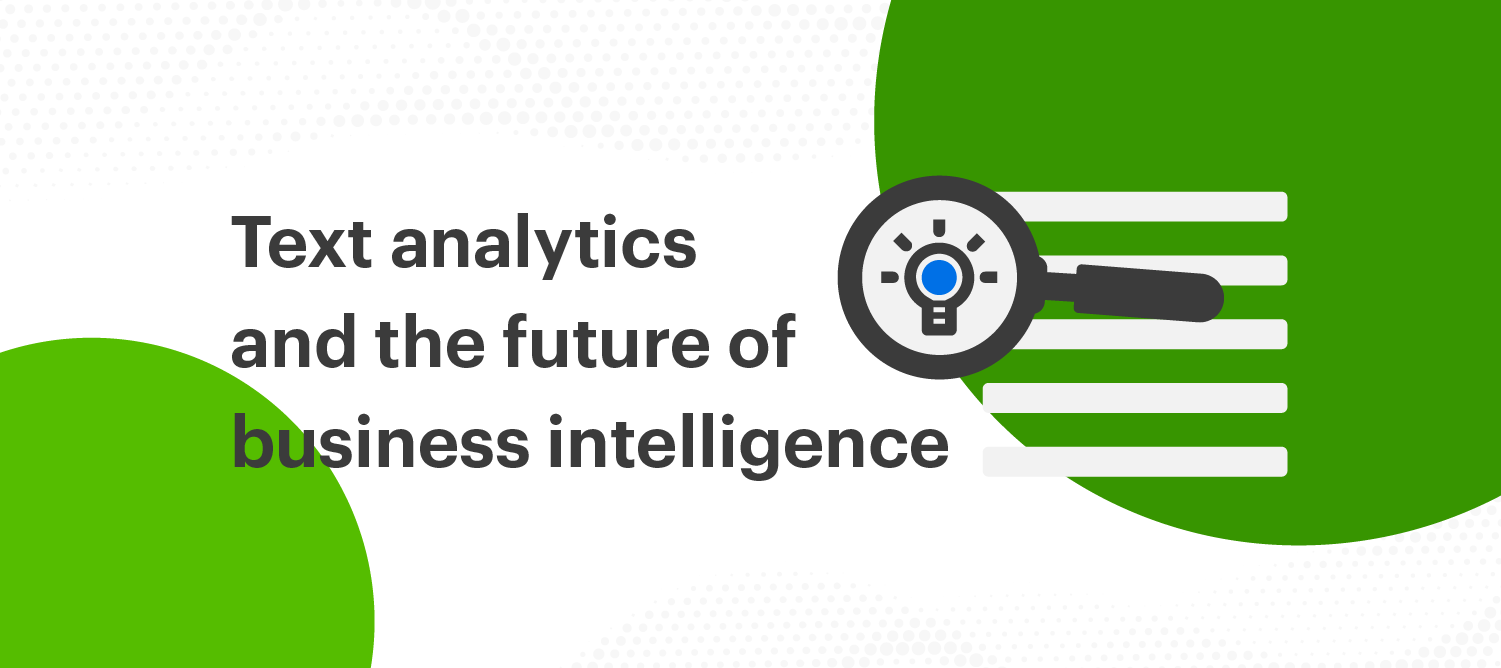Text analytics and the future of business intelligence

Companies today clearly recognize the importance of data-driven decision making. This has manifested in the establishment of insights and analytics functions, explosive growth in demand for data scientists and an expanding market for analytics tools (including Relative Insight). But recognizing the importance of data-driven approaches does not mean the full potential of data and research functions has been realized. So what might the future of business intelligence look like?
On October 20, Relative Insight CEO Ben Hookway moderated a panel of analytics and insight leaders from Sky, R/GA and Capital Group for a thoughtful discussion on the future of business intelligence. The discussion revolved around expanding stakeholder bases, exploring new data sources and cultivating more advanced capabilities including text analytics.
A growing number of stakeholders
A common trend highlighted by our panelists is that research, insight and analytics teams are working with an increasingly diverse set of stakeholders. As Capital Group’s Mike Van Wyk commented, “who wouldn’t want to understand their customer?”. This is reflective of an increased focus on applied insights and analytics. Gone are the days of research being commissioned solely for the purpose of high-level strategic decision making. As organizations endeavour to become more data-centric, there is greater demand for research and insights at a functional level.
Faced with a more diverse range of needs from their stakeholders, analytics and insight functions will need to broaden the way they work across the business and deploy differentiated approaches to managing different groups.
The challenge of text analytics
Words are inherently less precise than numbers and when working with stakeholders who are naturally inclined towards cold-hard facts, this can be a barrier to the adoption of text-based analytical approaches. This was reflected in a poll of attendees that revealed a common priority relating to the effective communication of insights and delivery of relevant recommendations.
In discussing her preferred approach to overcoming this challenge, Miriam Vizvary of Sky drew attention to the importance of distinguishing between indicators and facts. While quant metrics often represent the latter, findings generated from text analytics are best positioned as indicators. It will often be difficult to definitively assert the impact of a particular discovery, but collectively, text-based insights can help decision-makers better understand the context in which their audiences are making decisions. In this sense, text analytics is a valuable tool for helping stakeholders build a robust situational awareness.
To help stakeholders open themselves up to these new approaches Meghan Phillips of R/GA likes to focus on insights that will “get them to stop in their tracks”. If you start with the juicy bits, it serves as a good launching off point for further exploration of text-based approaches. Van Wyk adds that his team is adapting to the needs of different stakeholder groups by taking collaborative approaches that focus on jointly determining how insights can be applied.
The future of business intelligence is open-sourced data
In discussing data sources, Phillips observed that brands naturally focus on first-party data but “don’t necessarily embrace external data in the same way.” This shift towards greater use of external data sources is another common trend. From social media to forums, these data sources can help brands “open up the lens wider” says Van Wyk adding that “it is in the unstructured conversations that new opportunities come forward”. Observing a similar trend, Vizvary added that the demand for answers to more generic contextual questions like “what do consumers like in a miniseries?” is also increasing.
Of course, getting the most out of first-party data still remains a top priority. Phillips comments on how R/GA has been working with clients to push their understanding of voice of the customer data, in part by using text analytics to “apply more rigor to survey open-end responses.”
Applications of text analytics
Looking ahead, there remain many underdeveloped applications of text analytics. Companies with large customer bases stand to benefit from improved personalization capabilities, enabling them to target communications and offers in a way that simulates high-touch relationship management at a much lower cost. While AI-powered chatbots are already deploying text analysis to provide basic levels of customer support, it is not difficult to imagine a future of business intelligence where AI plays a much bigger role in customer service delivery. Text analytics will also play a role in better predicting shifts in consumer behavior and fostering deeper understandings of the customer journey.
Relative Insight can help you adopt text analytics in your organization and future-proof your business intelligence operations – watch the full panel discussion or get in touch to learn more!
Past events
While you’re here, why not catch up with recordings of our past events?